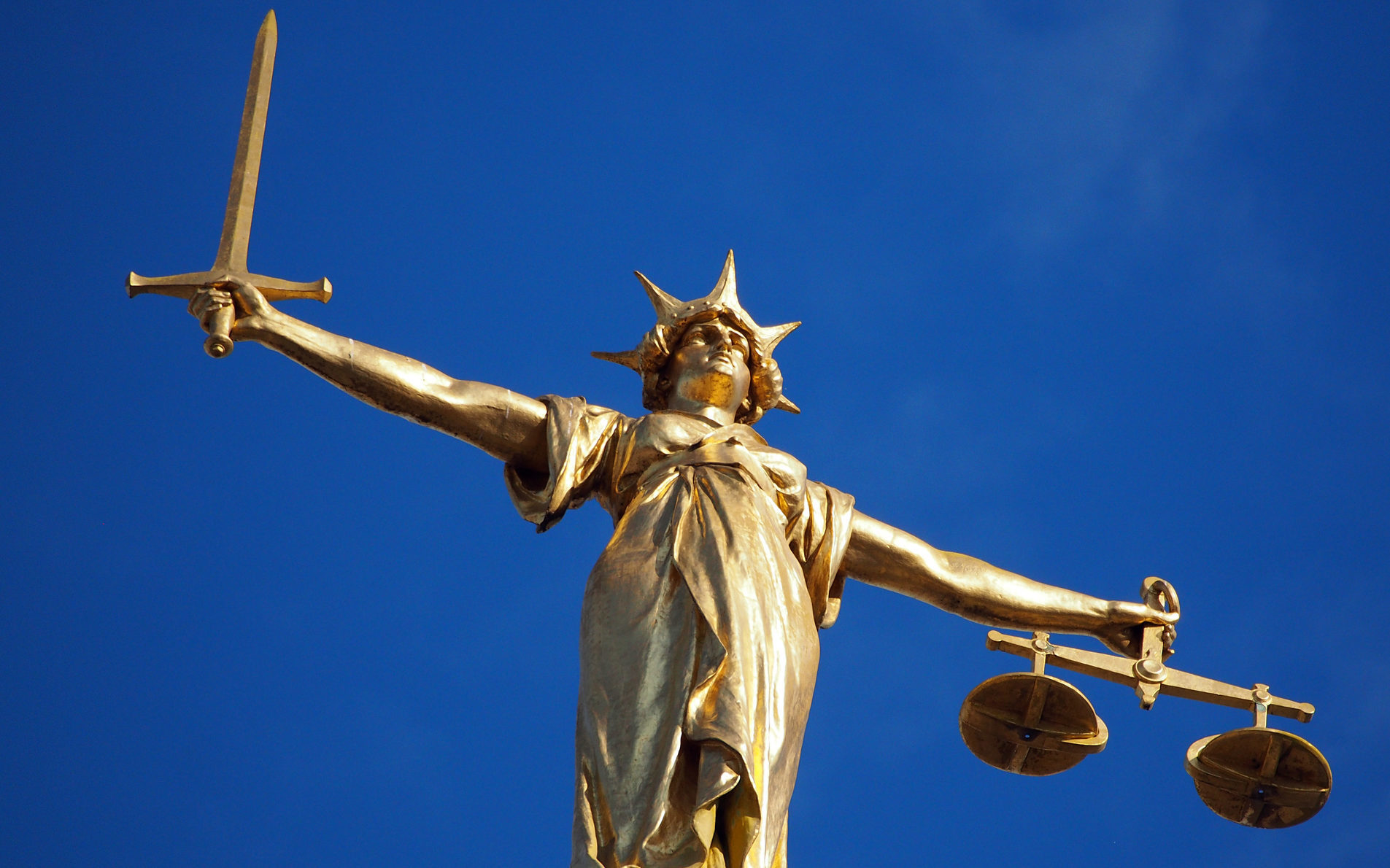
MANY women do not report rape because they know they will be put on trial, their private life scrutinised, their evidence picked apart.
Until that illogical, inhuman and unjust approach is effectively addressed, prosecutions will remain scandalously low.
In reporting such a brutal crime, women can be further brutalised by a legal process that may, as one woman told the Inspectorate of Prosecution in Scotland’s own investigation into the low conviction rates of such assault, feel worse than the rape itself.
So, you would assume that to put any further barriers before a woman would be counter-intuitive.
But a change in policy by the Crown Office and Procurator Fiscal Service (COPFS) in March means women who do not want to give evidence against their alleged attacker could be forced to do so.
This, say opponents of the policy change, including Rape Crisis Scotland and some MSPs, is unfair to victims.
It is, they argue, wrong to make women who have endured the most dehumanising and disempowering of crimes to do something they don’t want to do.
But is it just or fair that a unique practice has developed in Scotland – for it exists nowhere else in the UK – where complainants in rape cases get to veto a legal process which is there to protect, punish and, above all, seek justice for us all?
Is it right that a teenage girl is raped at knife-point by a man who had been charged with attacking another teen but walked free after his earlier victim stopped court proceedings because she felt unable to continue?
Is it fair that a father grieves the death of his grown-up daughter, killed by her abusive partner after he was released from prison because the case against him for raping her collapsed when he threatened her from behind bars?
Is it just that a historical child abuse case fails because the middle one of three victims decides to drop out and, in so doing, breaks the chain of evidence that could have led to the conviction of a serial sex abuser?
These are complex cases and, although fictionalised, are based on fact. And it is at these extremes where this change of policy would come into effect – the rare exception, and not the rule.
And while some will argue that the previous practice has helped empower those who have been disempowered, that’s not really the role of the Crown and neither has it helped increase convictions.
Indeed, in England and Wales, where the policy to “compel” has always been, conviction rates are marginally higher.
Intimidation, manipulation and the abuse of power are all in the rapist’s toolkit and COPFS believes the “opt out” practice, far from putting power in women’s hands, has left them open to threat and intimidation.
There is so much wrong with the handling of rape. And that is where the focus should be.
This change will mean little in practice but will put the decision-making over whether a case against an alleged rapist should proceed with the independent prosecutor and not with the victim.

Enjoy the convenience of having The Sunday Post delivered as a digital ePaper straight to your smartphone, tablet or computer.
Subscribe for only £5.49 a month and enjoy all the benefits of the printed paper as a digital replica.
Subscribe